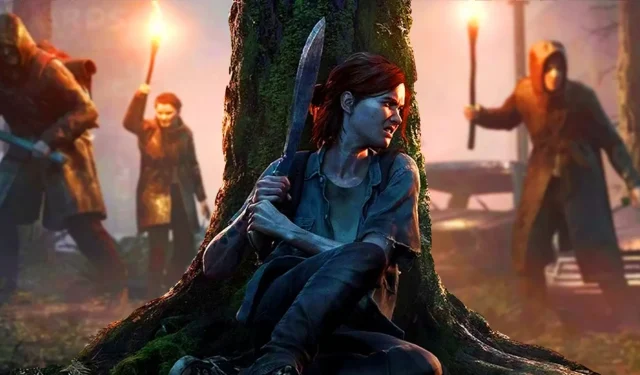
Overview of Naughty Dog’s Strategic Move to Sony
- Escalating development costs led Naughty Dog to a pivotal acquisition by Sony.
- Video game production expenses soared from approximately $50,000 in the 1980s to an astounding $220 million by 2020.
- The studio’s sale was deemed essential for continuing to produce high-budget titles.
Andrew Gavin, co-founder of Naughty Dog, recently shed light on the financial motivations behind the developer’s sale to Sony. As the landscape of game development has evolved, studios like Naughty Dog have been compelled to navigate the complexities of rising costs and inherent financial risks associated with creating games.
While many fans recognize Naughty Dog primarily for its association with Sony, the studio was originally acquired by the tech giant at the beginning of the 21st century in 2001. Gavin’s recent insights suggest that iconic titles such as the Uncharted series and The Last of Us might not have reached their current heights—or perhaps even been developed at all—without Sony’s financial backing.
In a discussion shared on LinkedIn, Gavin addressed a recurrent question regarding the sale of Naughty Dog. He emphasized that with development budgets escalating dramatically, joining forces with Sony was crucial to “maintain excellence in gaming”and to avoid the unsustainable pressure of inflated costs. In the studio’s nascent years, their games were notably more affordable; early titles were funded on tight budgets, starting below $50,000. The cost trajectory soon changed, with the production of “Rings of Power”costing around $100,000 and “Crash Bandicoot”escalating to an impressive $1.6 million.
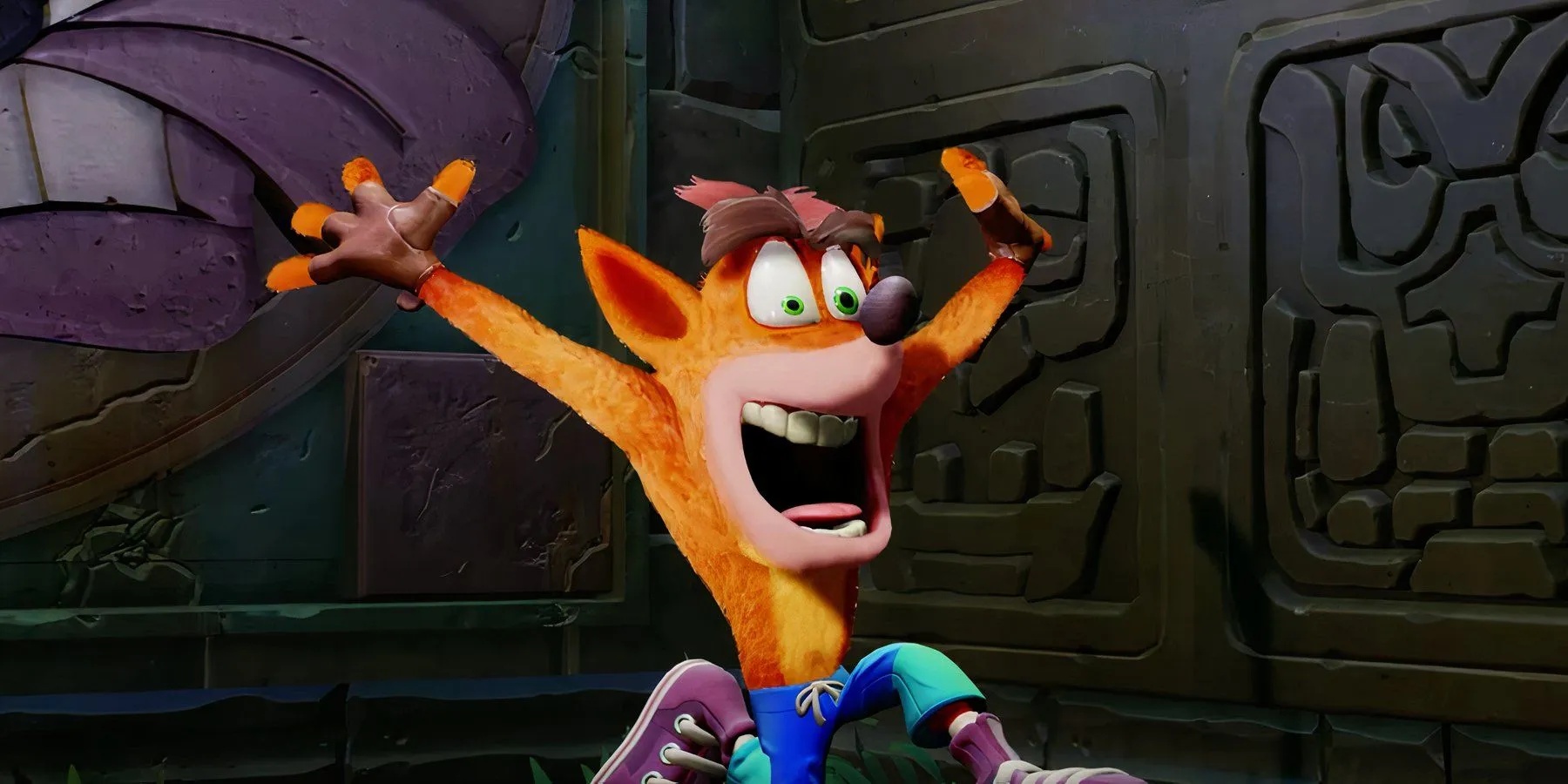
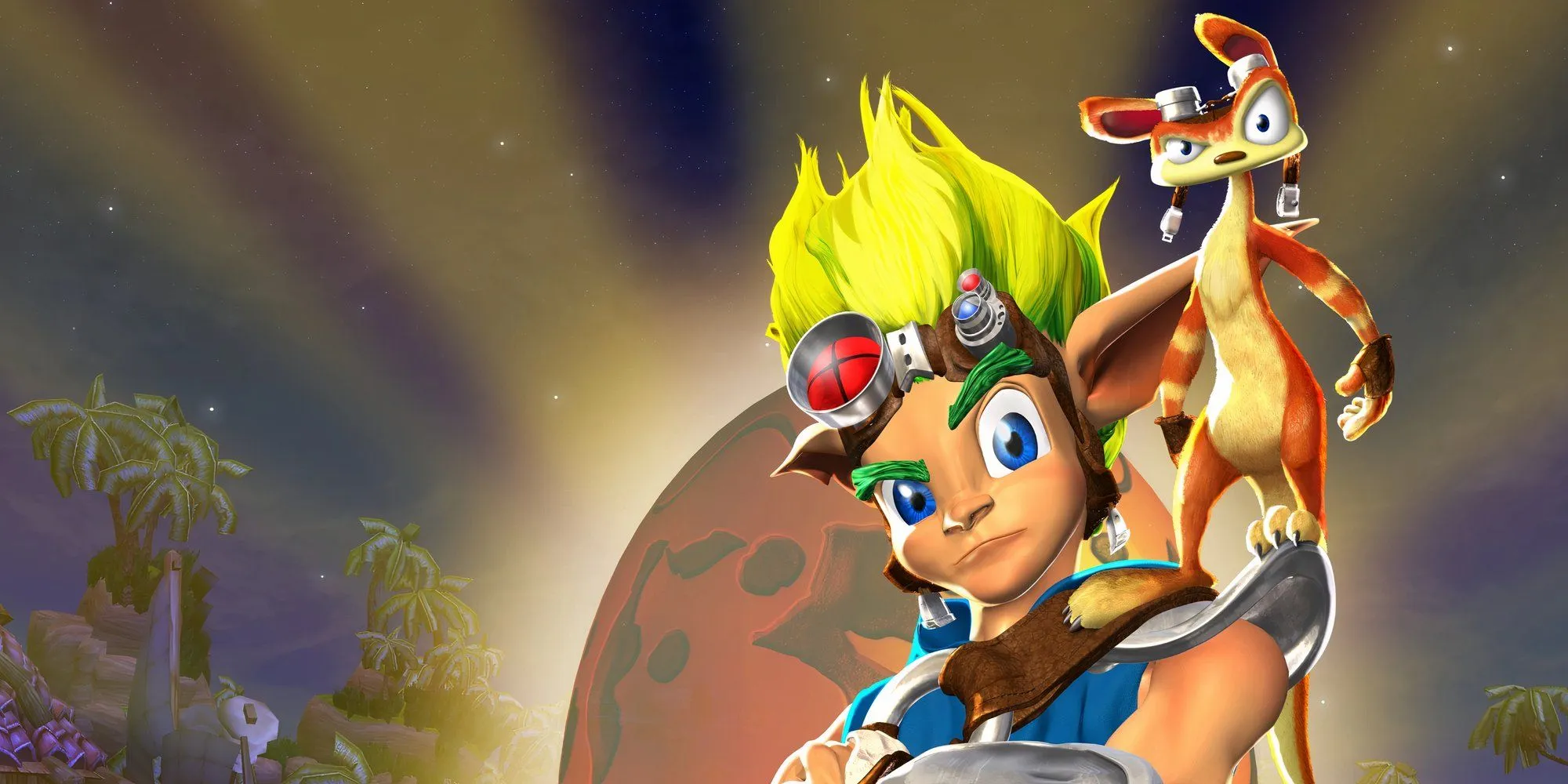
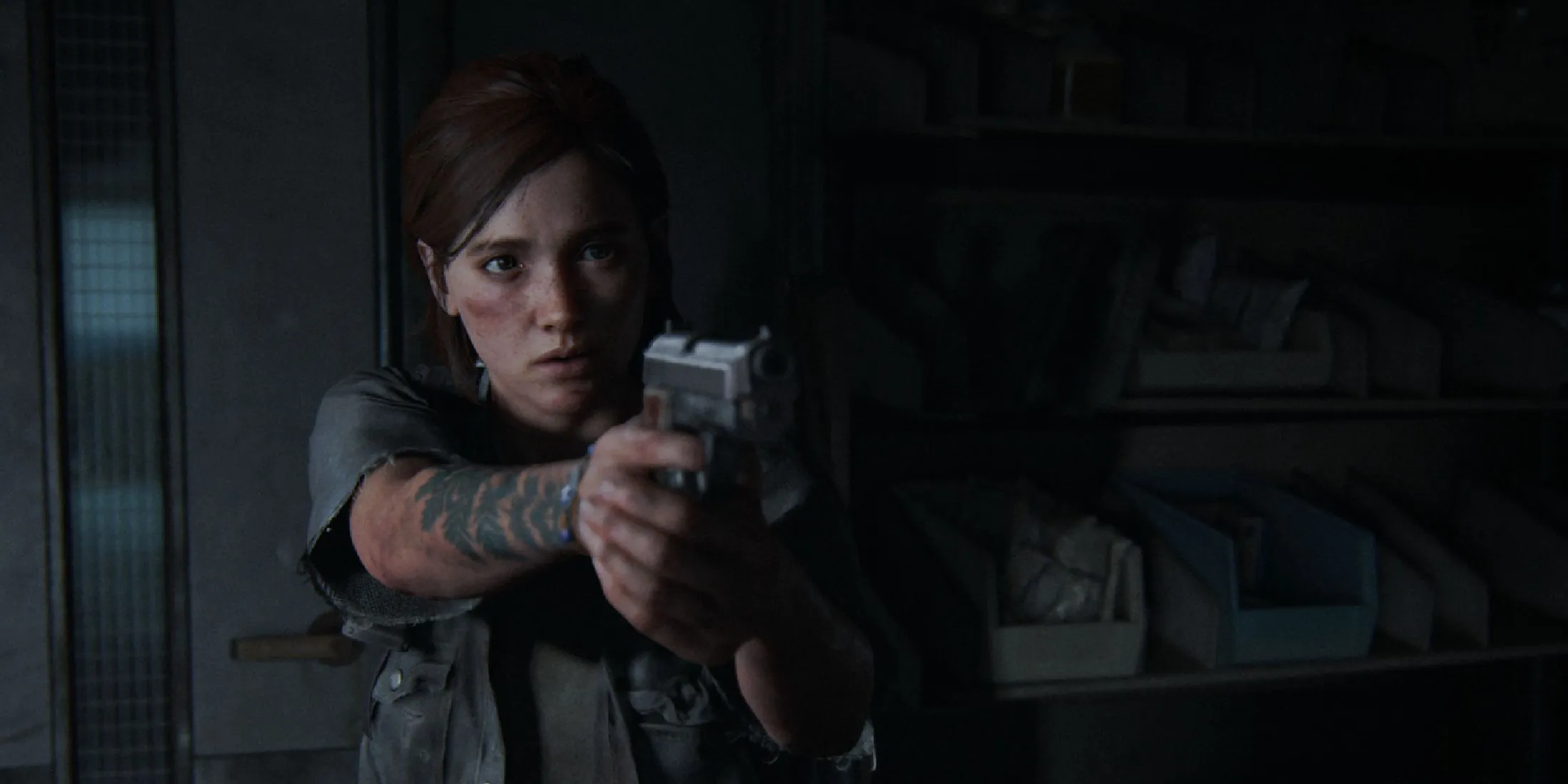
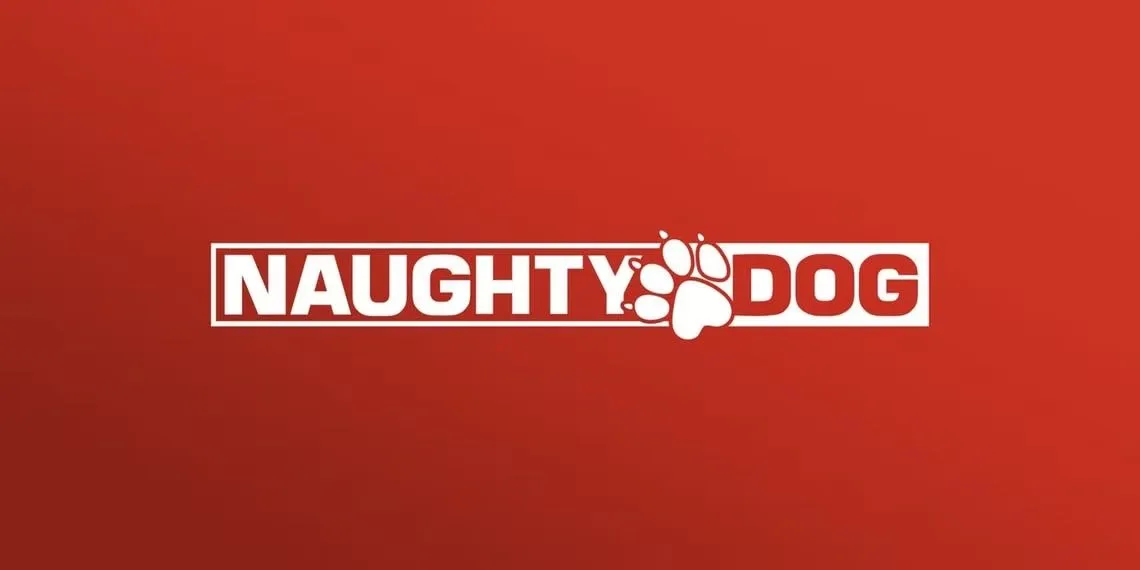
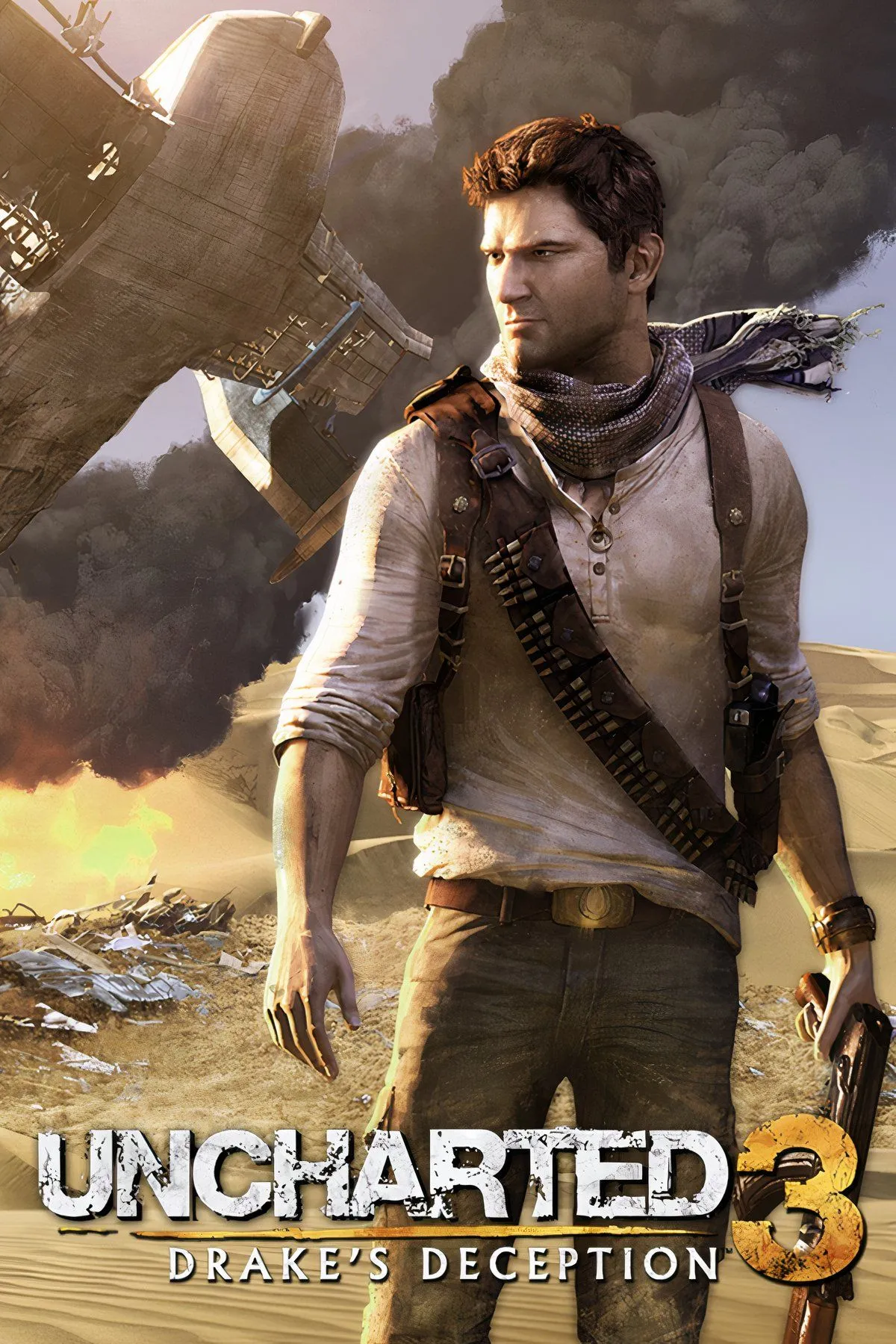
The Escalation of Game Development Costs
Gavin noted that in the studio’s early days, projects were self-funded through a practice known as “bootstrapping,”where profits from one title would be reinvested into the next. However, as the financial demands of game production escalated, this model became obsolete. The budget for Jak and Daxter was approximately $15 million, while its sequel Jak 3 reached between $45 and $50 million. Currently, the budgets for blockbuster AAA titles can reach staggering figures of $300 million or more. In contrast, The Last of Us Part II had a development cost of $220 million as of 2020.
- Naughty Dog’s early titles: $50,000 budget (equivalent to about $140,000 today).
- Rings of Power: $100,000 budget (around $225,000 today).
- Crash Bandicoot: $1.6 million budget (approximately $3.2 million today).
- Jak and Daxter: $15 million budget (about $27 million today).
- Jak 3: $45-50 million budget (equivalent to $75-84 million today).
- The Last of Us Part II: $220 million budget (approximately $268 million today).
Gavin’s insights resonate with sentiments expressed across the gaming industry, where developers highlight a pressing need for enhanced pricing structures in light of stagnant game prices amid rising production and inflation costs. It is worth noting that not all successful modern games require luxurious budgets; several independent titles achieve considerable acclaim with minimal financial backing. However, for a studio like Naughty Dog—renowned for its advanced graphics, expansive teams, and compelling storytelling—the sale to Sony was a necessary step to manage the substantial costs of creating cutting-edge video games.




Leave a Reply